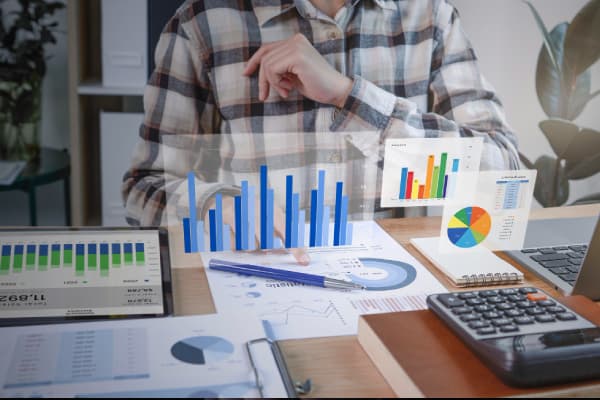MIS Data Visualization
MIS Data Visualization

Overview
The client was working in retail across multiple geographies, due to which tracking overall performance was a tough nut to crack. The data came in silos, which were then consolidated to form a larger picture. Still, it was a time taking process, required manual work, and the output generated could have benefited the business.
Problem Statement and Challenges
The problem with not having a strategically planned system for data collection, consolidation, and generating insights is a time-consuming process, resulting in wasting the firm’s resources, such as employee time and the company’s money.
Moreover, the data integrity needed to be more accurate, and with so much manual input, generating real insights was nearly impossible. And on top of everything, the insights generated were not targeted toward improving business performance and were unusable
Solution
We analysed the internal systems and practices, and after gathering the required information about the business, we used some of the Major business intelligence tools to develop an MIS dashboard, which can be used to analyse data on finances, sales, merchandising, and other aspects of the business.
The MIS dashboard lets the client easily track profitability, financial ratio, and accounts payables in the ‘financial’ tab. While checking profitability band by stores, product/Market basket, and branch performance, they would need to head to the ‘sales’ tab to like store analysis.
In merchandising, one can keep an eye on sales and inventory by vendor, inventory/Product width-depth analysis , and more. Along with all that, KPI & metrics, organisation hierarchy, product details, and growth comparison were also mapped onto the dashboard.
- Financials, Sales, Inventory Tracking
- Profitability, KPI & Metrics Tracking
- Growth Tracking and Comparison
- Merchandising, and Payables Tracking
Results and Success Criteria
The client could pinpoint areas of improvement with rich data visualisation and make better business decisions, leading them to better productivity and increased profitability. Moreover, with our implementation, the time needed to generate business reports was reduced by 70%, which helped the marketing and sales team to plan better campaigns, ultimately improving overall conversion.
